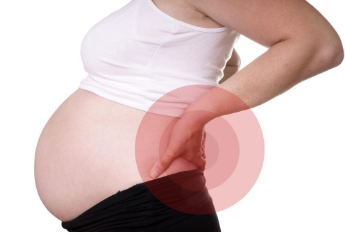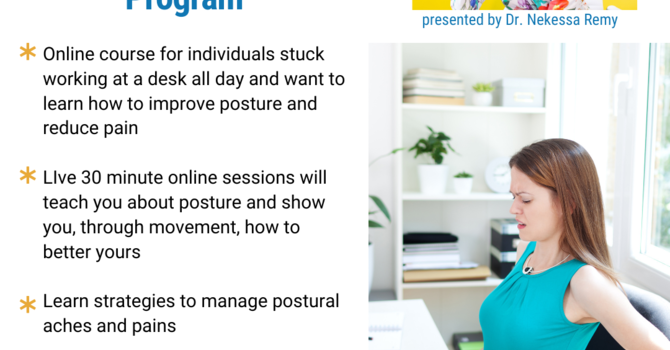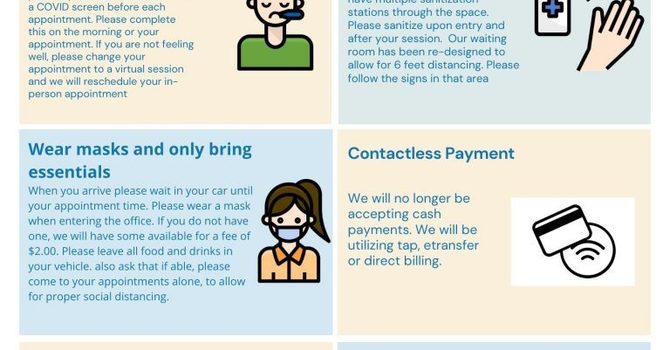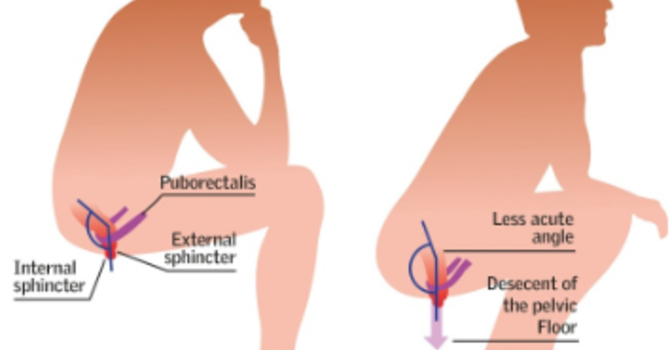
As exciting as getting pregnant maybe, it does come with its share of aches and pains. From back pain to swelling in the ankles, most women will agree that pregnancy, brings with it a variety of forms of discomfort. Luckily, there are remedies to manage some of these annoying side effects of pregnancy.
Back pain
Lower back pain is a very common occurrence during pregnancy. It has been estimated that 50% of women experience lower back pain during or just after pregnancy. Pregnancy related lower back pain is the result of hormonal changes and structural changes associated being pregnant. For instance, as the uterus expands, it can negatively affect a women’s posture. The added weight will shift the center of gravity and also stretch out the abdominal muscles, while weakening the at the same time. This will add strain on the lower back. It may also cause back pain if it is pressing on a nerve, including the sciatic nerve.
To reduce lower back pain during pregnancy, consider the following:
- Avoid bedrest. Low impact exercises such as swimming, yoga, can be helpful in strengthening the muscles of the lower back while minimizing the pressure on the spine and pelvis.
- Try alternative therapies. Prenatal massage and acupuncture can help to manage pain
- Start Core Training – pelvic tilts, Kegels can help to strengthen the muscles of the pelvic floor region
- Use assistive Devices -pregnancy pillows and wedges can help find comfortable positions especially when in bed. Support belts can be used during the day to provide additional support to the pelvis while moving through the day.
Carpal Tunnel Syndrome
More than half of pregnancy women report experience carpal tunnel syndrome during pregnancy. It is most prevalent during second trimester. Symptoms include numbness and tingling in the hand and wrist. There may also be feelings of weakness in grip strength and dexterity. During pregnancy women naturally retain fluids which can accumulate within the carpal tunnel of the wrist and cause compression of the median nerve.
Here are some tips to alleviate pain associated with carpal tunnel syndrome:
- Check your Ergonomics. An ergonomic mouse and keyboard at work can help prevent muscle fatigue around the wrist
- Start stretching. Stretching the muscles around the wrist and forearms throughout the day and before bed
- Use a splint. Night splints can be used to avoid wrist and nerve compression during sleep.
Leg Cramps and Swelling
Also common during second trimester is swelling and cramping in the legs and feet. This too can be the result of increased fluid retention and increase in weight occurring during pregnancy.
If this a problem for you, try these tips:
- Stretch the muscles in your calf after long periods of inactivity.
- Soak in a warm tub with Epsom salt.
- Avoid standing for long periods or sitting with legs crossed.
- If traveling, consider using compression stockings to help reduce swelling in the legs and feet.
Headaches
Headaches are very common during first and third trimester of pregnancy. Some common causes of pregnancy headaches include hormonal changes, stress, lack of sleep, dehydration, lower blood sugar or high blood pressure.
To manage headaches:
Stay hydrated. Keep hydrated throughout the day as dehydration is a very common during pregnancy due to the huge demands placed on the body by the growing fetus.
Try Abdominal Breathing. Abdominal or diaphragmatic breathing can help to assist with relaxation. Lie on your back on a flat surface or in bed, with your knees bent and your head supported. You can use a pillow under your knees to support your legs. Place one hand on your upper chest and the other just below your rib cage. This will allow you to feel your diaphragm move as you breathe. Breathe in slowly through your nose so that your stomach moves out against your hand. The hand on your chest should remain as still as possible. Tighten your stomach muscles, letting them fall inward as you exhale through pursed lips. The hand on your upper chest must remain as still as possible.
Acupuncture or Acupressure Practice. Acupuncture by a licensed provider can help with pain and reduce the intensity and frequency of headaches. Self-acupressure a less invasive form of acupuncture can also be done at home to help manage pain. It involves placing pressure along acupuncture points. A good point to use for headaches is Liver 4, a point found in the the webs of the thumb. To perform, start by pinching the area in the web of your thumb, with the thumb and index finger of your opposite hand firmly, but not painfully for approximately 10 seconds. Then make small circles with your thumb on this area in one direction and then the other, for 10 seconds each. Repeat this process on the on the opposite hand.
Use a heat or cold compress. A heating pad in the upper back and neck can help to minimize muscle tension which can lead to headaches. A cold compress over the sinuses or forehead can reduce pain with headaches associated with sinus pressure or congestion.
Should you experience a headache that is not getting better with any treatments or if your headaches are consistently getting worse, you should consult your medical practitioner.
For more information contact us at appointments@thechiropracticoffice.ca


